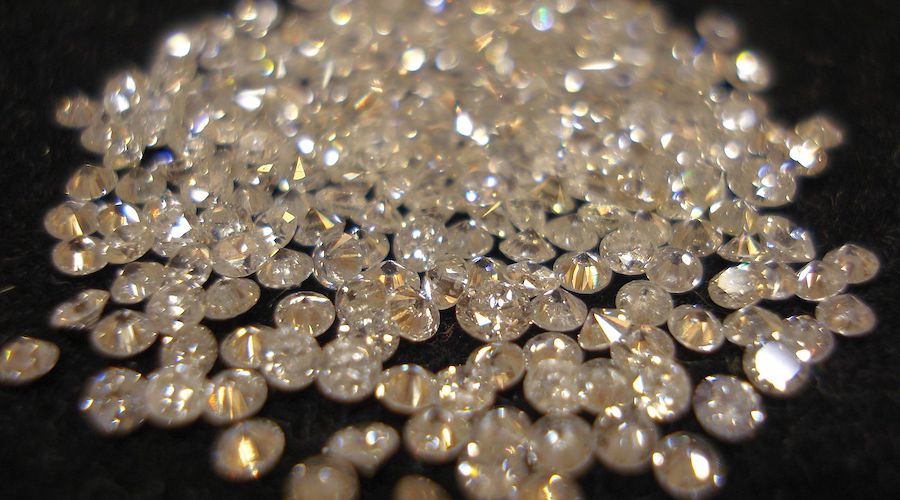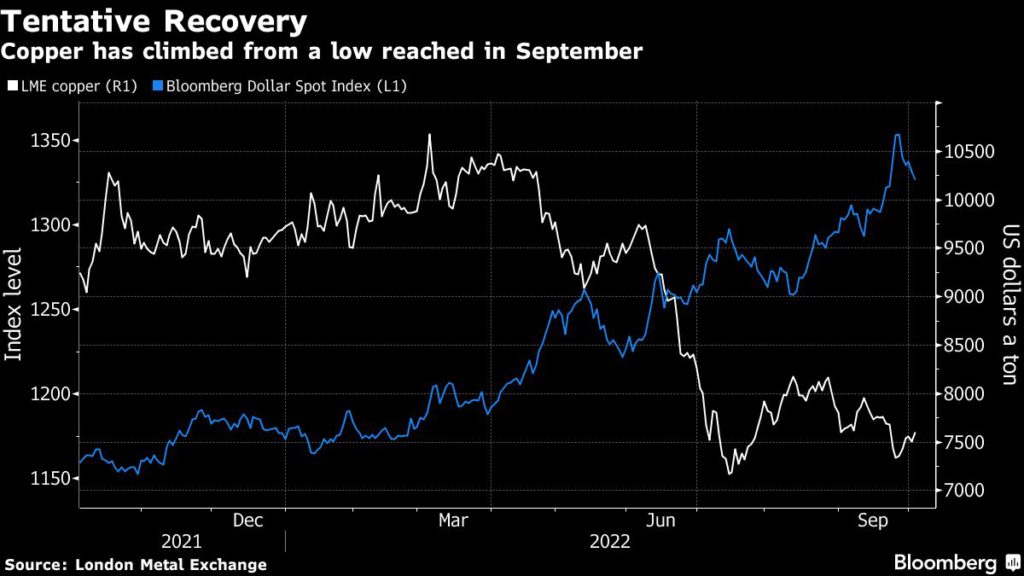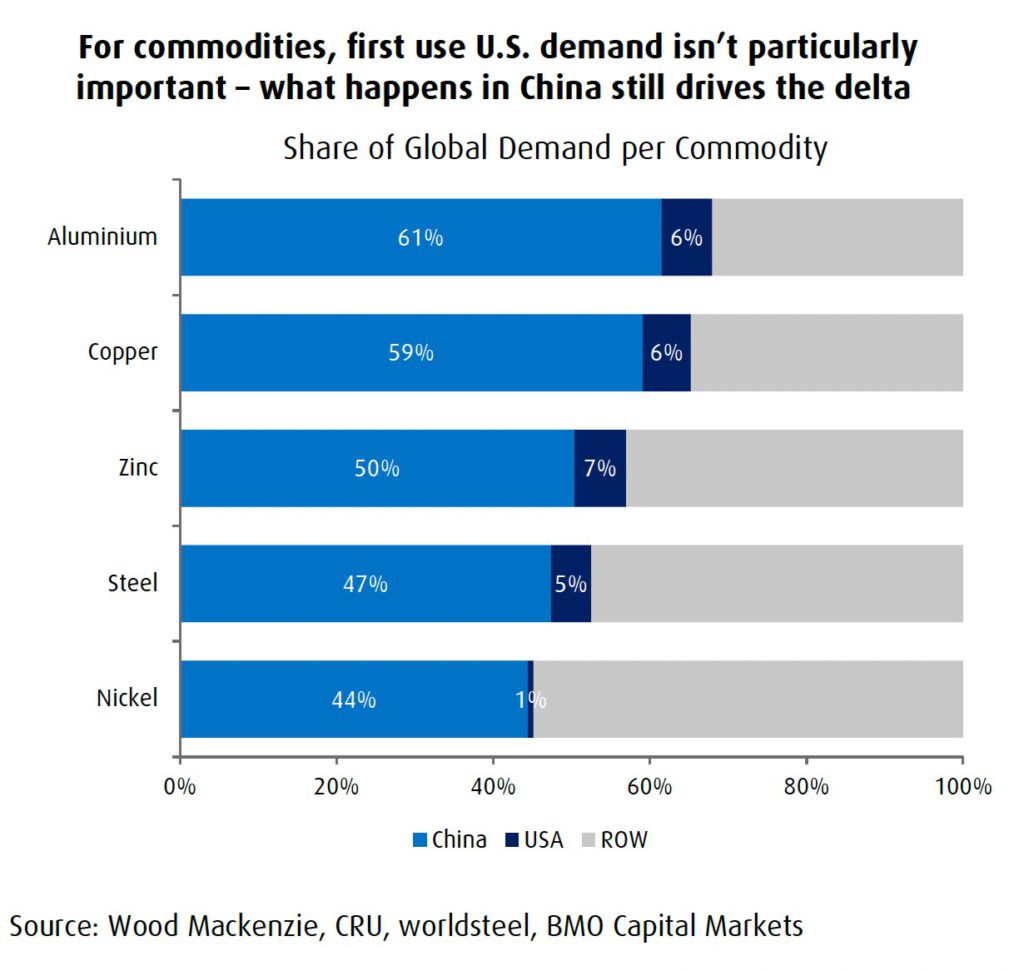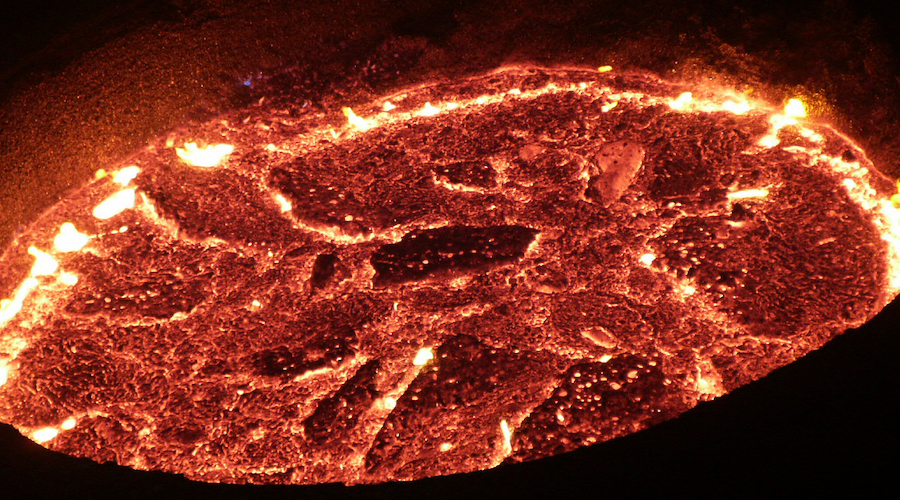
A partnership between the mining and geothermal industries could lead both toward a more lucrative and greener future.
Across the United States there are more than 3 million abandoned mining wells. Each hole drilled into the ground offers more than just the ghost of minerals never found. There are layers of valuable data waiting for the right audience.
National Renewable Energy Laboratory (NREL) Senior Legal and Regulatory Analyst Aaron Levine said he hopes the mining industry becomes that audience.
In his new research, “Mining G.O.L.D. (Geothermal Opportunities Leveraged Through Data): Exploring Synergies Between the Geothermal and Mining Industries,” Levine offers a two-pronged strategy of investigating mining data and taking advantage of hidden geothermal renewable energy resources.
“Our goal is really to target the mining industry for this opportunity and really make them understand the potential synergies between the two industries,” Levine said.
Geothermal energy is a hidden asset, he said, often located one or two miles underground. It is challenging for the geothermal industry to spend millions in exploration and find nothing.
Pictured is a geothermal production well in Steamboat Hills, Nevada. By partnering, NREL and the locatable mineral industry could identify vast amounts of unknown geothermal sources. Photo by Dennis Schroeder, NREL
” data-medium-file=”https://cleantechnica.com/files/2022/06/20220609-gold-float-267×400.jpg” data-large-file=”https://cleantechnica.com/files/2022/06/20220609-gold-float.jpg” loading=”lazy” class=”size-full wp-image-269403″ src=”https://cleantechnica.com/files/2022/06/20220609-gold-float.jpg” alt width=”480″ height=”719″ srcset=”https://cleantechnica.com/files/2022/06/20220609-gold-float.jpg 480w, https://cleantechnica.com/files/2022/06/20220609-gold-float-267×400.jpg 267w” sizes=”(max-width: 480px) 100vw, 480px”>
Pictured is a geothermal production well in Steamboat Hills, Nevada. By partnering, NREL and the locatable mineral industry could identify vast amounts of unknown geothermal sources. Photo by Dennis Schroeder, NRELspend millions in exploration and find nothing.
One key geothermal exploration method is temperature gradient drilling. Throughout 2017, 31 wells were drilled in Nevada at already identified geothermal fields. In comparison, the mining industry drills more than 2,000 in Nevada per year and to similar depths.
Levine said the common ground between geothermal and mining industries doesn’t end there. Additional shared exploration includes surface mapping, geophysical and geochemical analysis, remote sensing, and geologic and conceptual modeling.
NREL researchers are looking at data where mines were seeking gold or other minerals and found nothing, except perhaps evidence of geothermal energy resources. For minimal costs, the study recommends the mining industry catalog such explorative data and potentially monetize it for geothermal uses.
While some mining companies are shifting more toward renewable energy resources, Levine said many are still reliant on diesel fuel to power operations, especially at remote mines. The study discusses the potential of utilizing geothermal energy resources on-site to help achieve improved environmental performance and decarbonization.
Existing mines on federally managed public lands with approved plans of operation may even claim a noncompetitive leasing right to the geothermal resources, which may further simplify the exploration and development of geothermal resources discovered through mining data. Case studies described in the paper reveal how roughly 200 MW of net power was discovered via previous mining exploration activities.
Ultimately, leveraging mining industry data, knowledge, and expertise will expand the geothermal exploration workforce, increase the rate of geothermal resource discovery, and potentially reduce geothermal electricity’s levelized cost of energy by up to 30%. The mining industries win by leveraging geothermal energy to provide a potential electricity source to improve environmental performance and decarbonization.
NREL is transforming energy through research, development, commercialization, and deployment of renewable energy and energy efficiency technologies. Learn more about NREL’s geothermal research.
By Ryan Horns. Graphs & Article courtesy of the U.S. Department of Energy’s (DOE’s) National Renewable Energy Laboratory (NREL).
Appreciate CleanTechnica’s originality and cleantech news coverage? Consider becoming a CleanTechnica Member, Supporter, Technician, or Ambassador — or a patron on Patreon.
Advertisement
 This post has been syndicated from a third-party source. View the original article here.
This post has been syndicated from a third-party source. View the original article here.




